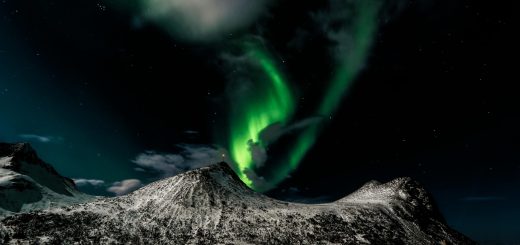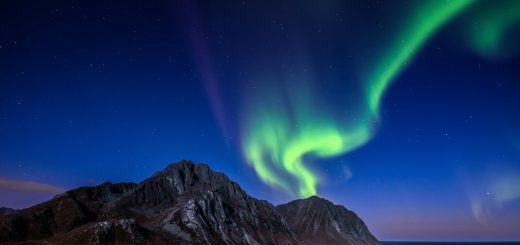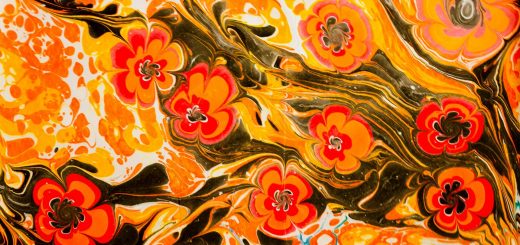The Role Of High-Energy Vibration In Artistic Expression
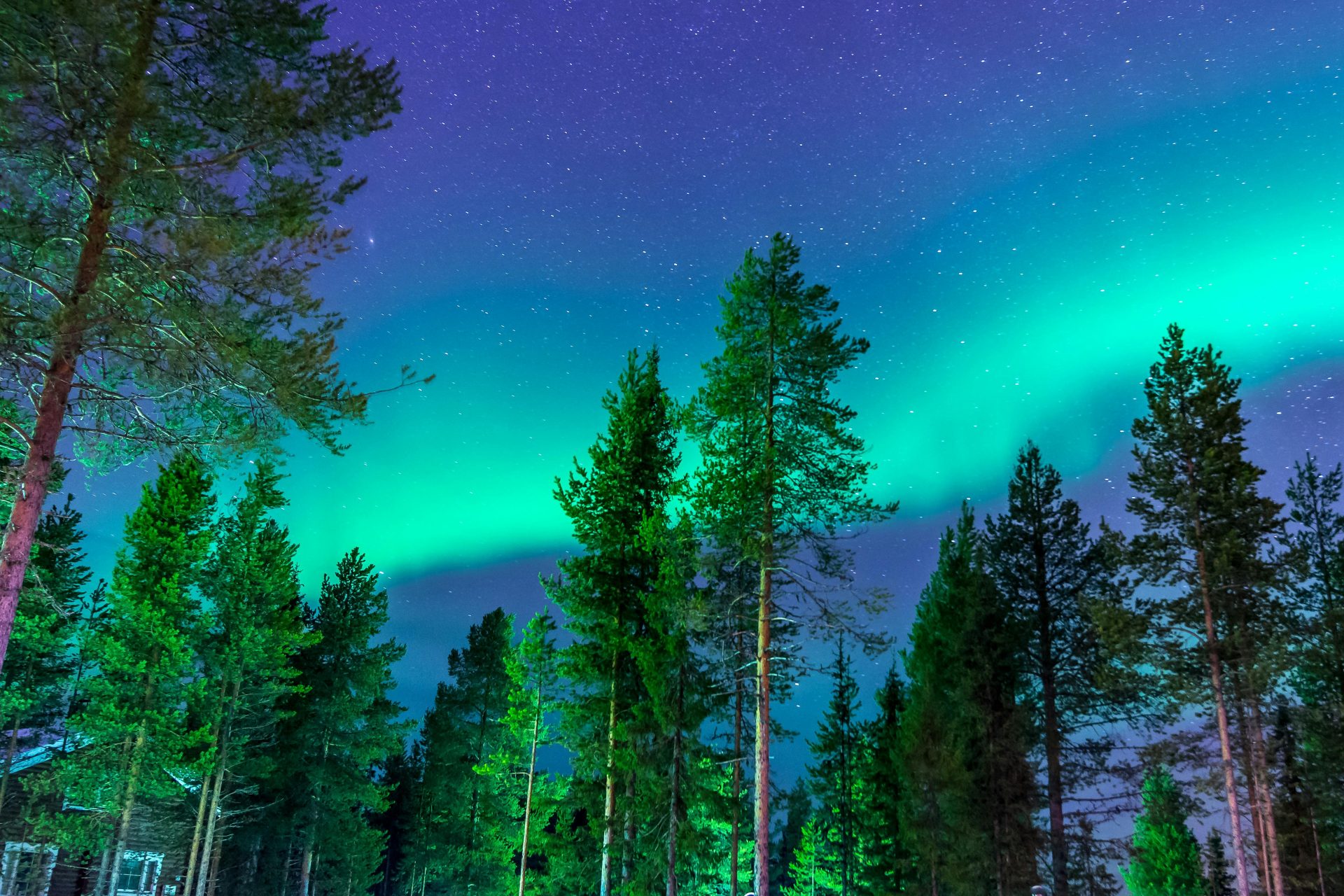
Before diving in, please note: This post is for informational purposes only. If you’d like to know more about how we approach topics, feel free to check out our friendly Disclaimer Page.
Hey there, amazing readers! 🖐️ Just a quick note: yes, we know there are a lot of ads here. Trust us, we get it—it’s not the prettiest look, but they help us keep this blog alive and kicking. Those pesky little ads cover the costs of all the behind-the-scenes magic, from hosting and tech stuff to creating content we hope you’ll love.
We’re committed to delivering quality posts, and your support (even just sticking around despite the ads) means everything to us. So, bear with us, and thanks for helping us keep the good vibes rolling. Now, on to the fun stuff! 😉
TRANSLATE BUTTON AT THE END OF THE ARTICLE
A Quick Overview
Art is a vibrant expression of human experience, often influenced by the energies that shape our lives.
High-energy vibrations play a significant role in artistic expression, from music to visual arts and dance.
When I think about art, I envision a tapestry woven with the threads of emotion, intuition, and yes, even the vibrational frequencies that pulse beneath our creations.
This article will explore how these vibrations impact artistic practices, offering insights into their role in creative flow, performance, and even healing.
Exploring the Intersection of Art and Vibrational Energy
Art and vibrational energy have a dance-like relationship.
Vibrations exist all around us, manifested in sound waves, light frequencies, and even the energy we emit as individuals.
When artists tap into these vibrations, they transform them into something tangible and beautiful.
Consider a live music performance.
The sound waves generated by instruments create a rich tapestry of vibrations that can electrify an audience.
Similarly, a painter might feel a wave of inspiration wash over them, igniting their brush movements as they harness the energy in the room.
The connection between artists and vibrational energies isn’t just theoretical.
It’s experiential.
If you’ve ever felt a chill in your spine during a moving song or been uplifted by a vibrant piece of art, you’ve witnessed this phenomenon firsthand.
Artists channel these vibrations to evoke emotions and provoke thoughts, making their work resonate with audiences on a deeper level.
This relationship extends to various art forms.
A dancer embodies vibrations through movement, while a sculptor manipulates materials to reflect energetic frequencies.
Each artist approaches their craft with a unique perspective, yet they are all connected by the common thread of vibrational energy.
Overall, the interplay between art and high-energy vibrations creates a multifaceted experience.
It’s a dialogue between the artist, their medium, and the audience.
The more we explore this intersection, the richer our understanding of artistic expression becomes.
What Are High-Energy Vibrations in Artistic Expression?
High-energy vibrations refer to frequencies that elicit strong emotional or physical responses.
These vibrations can be sound waves that resonate through music or even visual stimuli that draw you in.
They are not merely background noise; they hold the power to connect us.
In artistic expression, these vibrations can manifest in several ways:
Sound Waves: Musical notes and rhythms affect mood and energy levels.
A fast-paced song can energize, while a slow ballad might evoke a sense of calm.
Color Frequencies: Colors carry their own vibrational energy.
Bright colors can uplift, while darker shades might evoke introspection.
Movement: Dance is a physical embodiment of vibrational energy.
Each movement can resonate with the audience, creating a shared experience.
Texture and Material: In visual arts, the materials chosen can produce different tactile vibrations, influencing how viewers interact with the artwork.
Master your Energy and Awaken Your Spirit – start your journey here.
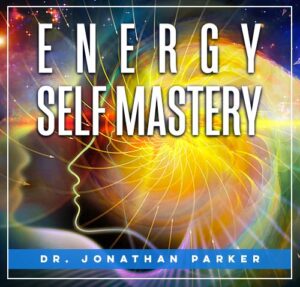
When artists harness these vibrations, they create pieces that resonate with audiences—not just visually or audibly, but emotionally.
This connection makes art a powerful form of communication.
The Science Behind Vibrations and Creative Flow
Understanding the science behind vibrations and creativity is fascinating.
Research shows that our brains respond to specific frequencies and rhythms.
When we’re exposed to high-energy vibrations, our brainwaves can synchronize with these frequencies, leading to enhanced focus and creativity.
Have you ever noticed how music affects your mood?
Studies reveal that listening to certain types of music can boost dopamine levels, making us feel happier and more motivated.
This is one reason why many artists use music as a background while they create.
The right song can set the tone for an entire artistic session.
Moreover, the concept of "flow" is key here.
Flow is that magical state where time seems to disappear, and creativity flows effortlessly.
High-energy vibrations can help induce this state, as they stimulate our senses and elevate our emotional state.
When I sit down to write, I often play energetic tunes that uplift my spirit.
This practice helps me tap into that flow, allowing my ideas to pour onto the page.
Many artists adopt similar strategies, creating environments rich in vibrational energy to enhance their creative process.
In essence, understanding the science of vibrations helps us appreciate their profound impact on creativity.
It’s not just about feeling good; it’s about understanding how our brains and bodies respond to the energies around us.
How Music Utilizes High-Energy Vibrations Effectively
Music is perhaps the most direct form of artistic expression that utilizes high-energy vibrations.
Each note, beat, and rhythm interacts with our emotions and physical sensations, creating a powerful experience.
Consider a high-tempo song.
The fast beats and lively melodies can elevate your heart rate, making you want to dance.
This is a clear indication of how music harnesses vibrations to influence our physical state.
Here’s how music effectively utilizes high-energy vibrations:
Rhythm: The beat can energize listeners, encouraging movement and expression.
Think of how you can’t help but tap your feet to an upbeat track!
Melody: The arrangement of notes creates emotional highs and lows, guiding listeners through a journey.
A soaring melody can evoke feelings of joy, while a descending scale might bring about sadness.
Dynamics: Changes in volume and intensity can build tension or release it, creating a thrilling listening experience.
Instrumentation: Different instruments produce various vibrational qualities.
A violin might create a haunting sound, while a trumpet can demand attention with its bright, brassy tones.
Musicians often play with these elements to create a unique auditory landscape that resonates with their audience.
As a listener, you can feel the energy shift in a piece, which is part of what makes music so captivating.
Visual Art: Vibrations That Inspire Color and Form
Visual art is another canvas where high-energy vibrations play a crucial role.
The colors, shapes, and textures artists choose can create an energetic dialogue that invites viewers to engage deeply.
Colors themselves have intrinsic vibrational frequencies:
Warm Colors: Reds, yellows, and oranges tend to evoke energy and passion.
Think of a sunset—there’s a vibrancy that grabs our attention.
Cool Colors: Blues, greens, and purples often induce calm and serenity.
A tranquil pond reflects these hues beautifully.
Contrast and Balance: The juxtaposition of colors can create tension or harmony, leading the viewer on an emotional journey.
Shape and form also contribute to this energetic interaction.
Sharp angles might suggest movement and excitement, while soft curves can invoke comfort and peace.
As an artist, I often find that the colors I choose are influenced by my mood and the energy I want to convey.
For instance, when I paint joyful scenes, I gravitate towards bright and lively colors.
Conversely, for more introspective pieces, I might select softer hues.
Ultimately, visual art vibrates with energy, and artists who understand this can create work that resonates on multiple levels.
Dance: Movement as a Medium of Vibrational Art
Dance is a form of artistic expression that embodies high-energy vibrations through movement.
It’s a language without words, expressing emotions and stories through physical motion.
When dancers perform, they channel vibrations in several ways:
Body Movement: The way dancers use their bodies can convey a range of emotions.
Master your Energy and Awaken Your Spirit – start your journey here.

A fluid movement might express grace, while sharp, quick motions can signify excitement or anger.
Music Integration: Dance often accompanies music, enhancing the vibrational experience.
The rhythm of the music guides movements, creating a cohesive performance.
Spatial Awareness: Dancers use the space around them, interacting with their environment.
This can amplify the energetic impact of their performance.
Audience Interaction: A dancer’s energy often flows into the audience, creating a shared experience.
You can feel the excitement in the air when a dancer is truly in tune with their performance.
Watching a dance performance is like witnessing a conversation unfold.
The energy shifts with every movement, creating a captivating narrative.
As someone who loves to dance, I find that it’s an exhilarating way to connect with both the music and my audience.
In essence, dance encapsulates high-energy vibrations, weaving them into a performance that speaks to the human experience.
The Healing Power of Vibrations in Artistic Practices
High-energy vibrations are not limited to artistic expression; they also hold therapeutic potential.
Many artists and practitioners harness these vibrations for healing purposes.
Art therapy is one area where this connection shines.
Creative practices like painting, music, or dance can facilitate emotional healing.
Here are a few ways vibrations help in this context:
Emotional Release: Engaging in artistic activities allows individuals to express feelings that may be difficult to articulate.
Stress Reduction: Creating art can be meditative, providing a calming effect that reduces stress and anxiety.
Community Connection: Group art activities foster connection and support, helping participants feel less isolated in their experiences.
Mindfulness: Focusing on the creative process encourages mindfulness, helping individuals stay present and centered.
I’ve seen firsthand how art can transform lives.
A friend of mine used painting as a way to cope with grief.
Each brushstroke was a step towards healing, allowing her to express emotions that felt too heavy to carry alone.
In this way, high-energy vibrations contribute to personal growth and healing, providing a bridge between the artistic and therapeutic realms.
High-Energy Techniques in Performance Art Explained
Performance art is a dynamic medium that often incorporates high-energy vibrations as a core element.
Unlike traditional art forms, performance art is ephemeral, designed to engage the audience in real-time.
Here’s how artists utilize high-energy techniques in performance art:
Physical Presence: The artist’s body becomes a canvas, using movement and expression to convey emotions and narratives.
Audience Engagement: Many performance artists invite audience interaction, creating a shared energetic experience that blurs the lines between performer and viewer.
Multisensory Elements: Incorporating sound, light, and visual elements enhances the overall experience, enveloping the audience in a whirlwind of vibrational energy.
Improvisation: Many performance artists thrive on spontaneity, allowing energy to guide their actions in the moment.
This unpredictability adds excitement and authenticity.
One performance that stuck with me was a live art installation where the artist invited audience members to contribute to the artwork.
The energy in the room was electric, and everyone felt a part of the creation process.
In performance art, high-energy vibrations create a unique atmosphere that captivates and transforms both the artist and the audience.
Everyday Life: Incorporating Vibrations into Creative Work
Incorporating high-energy vibrations into our daily lives can enhance creativity and well-being.
Here are some practical ways to do so:
Create a Vibrational Space: Set up an area in your home dedicated to creativity.
Surround yourself with inspiring colors, textures, and sounds.
Curate Your Playlist: Choose music that uplifts your mood and stimulates your creative energy.
Experiment with different genres to find what resonates with you.
Move Your Body: Engage in physical activities like dance or yoga to release pent-up energy.
This can spark creativity and help you feel more connected.
Engage with Nature: Spend time outdoors where natural vibrations abound.
Nature has a unique way of recharging our spirits and inspiring creativity.
Meditation and Mindfulness: Practice mindfulness to cultivate awareness of the vibrations around you.
This can help you tap into your creative flow.
When I started integrating these practices into my life, I noticed a significant shift in my creativity.
It felt as if the world around me became more vibrant and alive, fostering new ideas and perspectives.
By filling our lives with high-energy vibrations, we can enhance our creative work and overall well-being.
Artists Who Harness High-Energy Vibrations Successfully
Many artists have embraced high-energy vibrations to create unforgettable works of art.
Here are a few notable examples:
Yayoi Kusama: Known for her immersive installations, Kusama uses color and repetition to evoke a sense of vibrational energy that envelops the viewer.
Björk: The musician often explores themes of nature and technology through her work, using high-energy sounds to create an emotional connection with her audience.
Carmen de Lavallade: A celebrated dancer and choreographer, de Lavallade’s performances resonate with the vibrational energy of cultural narratives, engaging audiences on a profound level.
Anish Kapoor: The sculptor’s work often plays with light and space, creating pieces that vibrate with energy and invite contemplation.
These artists exemplify how high-energy vibrations can shape artistic expression, creating works that resonate on multiple levels.
Their ability to connect with audiences is a testament to the power of vibrational energy in art.
Future Trends: The Evolution of Vibrational Art Forms
As we look to the future, the impact of high-energy vibrations on artistic expression is likely to evolve.
Here are some trends that may shape the landscape:
Interdisciplinary Collaborations: Artists from different backgrounds may increasingly collaborate, combining various forms of art to create new experiences.
Technology Integration: Virtual and augmented reality could introduce innovative ways to experience art as vibrational environments.
Biofeedback Art: Artists may use biofeedback techniques to create art that responds to the audience’s emotional states, creating a dynamic exchange of energy.
Sustainability: With a growing awareness of environmental issues, artists may explore how to incorporate natural elements and energies into their work.
These trends hint at an exciting future where high-energy vibrations continue to transform and inspire artistic expression.
Conclusion: Embracing Vibrations for Enhanced Creativity
High-energy vibrations are a vital force in artistic expression.
From music and visual arts to dance and performance, vibrations shape our experiences, emotions, and connections.
By embracing these energies in our daily lives and creative practices, we can unlock new avenues of inspiration.
As we continue to explore the intersection of art and vibrational energy, let’s celebrate the transformative power it holds.
Whether you’re an artist or simply someone who loves to create, harnessing these vibrations can lead to richer, more meaningful experiences.
So, let’s turn up the volume, splash on vibrant colors, and dance to the rhythm of life!

The Enlightenment Journey is a remarkable collection of writings authored by a distinguished group of experts in the fields of spirituality, new age, and esoteric knowledge.
This anthology features a diverse assembly of well-experienced authors who bring their profound insights and credible perspectives to the forefront.
Each contributor possesses a wealth of knowledge and wisdom, making them authorities in their respective domains.
Together, they offer readers a transformative journey into the realms of spiritual growth, self-discovery, and esoteric enlightenment.
The Enlightenment Journey is a testament to the collective expertise of these luminaries, providing readers with a rich tapestry of ideas and information to illuminate their spiritual path.
Our Diverse Expertise 🌟
While our primary focus is on spirituality and esotericism, we are equally passionate about exploring a wide range of other topics and niches 🌍📚. Our experienced team is dedicated to delivering high-quality, informative content across various subjects ✨.
To ensure we provide the most accurate and valuable insights, we collaborate with trusted experts in their respective domains 🧑🏫👩🏫. This allows us to offer well-rounded perspectives and knowledge to our readers.
Our blog originally focused on spirituality and metaphysics, but we’ve since expanded to cover a wide range of niches. Don’t worry—we continue to publish a lot of articles on spirituality! Frequently visit our blog to explore our diverse content and stay tuned for more insightful reads.



